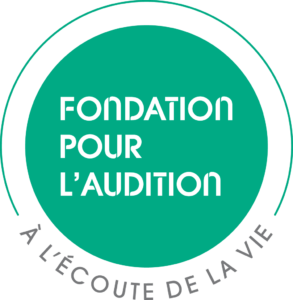About
Real-time artificial intelligence-based speech enhancement methods for hearing aid improvement
People with Auditory Neuropathy Spectrum Disorders (ASND) representing 1-10% of adults with hearing loss. They receive little or no benefit from current hearing aids. TSNA constitute a continuum of hearing impairments due to synaptic or neural dysfunction in the peripheral and central parts of the auditory pathways. Unlike conventional hearing loss, ASND impairs the processing of temporal information without necessarily affecting hearing sensitivity. Temporal cues are essential, not only for integrating speech-related information across different frequency bands, but also for separating sources in “cocktail party” type situations with spatially distributed competing speech sources. Thus, the primary need of ASNDsubjects, shared by aging subjects who experience central auditory processing difficulties, is not to restore audibility but to improve their speech perception, particularly in noisy environments, by compensating for the deterioration of acoustic cues that rely on temporal accuracy. Conventional hearing aids rely primarily on sound amplification and focus on spectral enhancement to improve speech analysis.
To improve the detection of fine temporal characteristics of sound, three possible strategies emerge:
- The deterioration of temporal information prevents these subjects from correctly grouping elements that belong to the same speech source and separating them from other sources, including noise. There is a need to find source separation and denoising methods for the treatment of noise sources other than those with simplistic spectral or temporal characteristics, as is currently the case.
- In ASND, suprathreshold distortions cover a broad spectrum of detrimental perceptual consequences affecting loudness, pitch and rhythm tracking, sound source localization, in different ways from ear to ear. The hearing aid strategy that follows requires denoising methods to quickly learn the needs of a given subject, based on where they use their hearing aids and the specific impairment they experience.
- People with hearing loss have developed alternative strategies for using salient temporal cues: many of them, for example, can exploit multisensory cues (spatial, visual, and tactile) to supplement distorted auditory information. This process has been highlighted by the current health crisis which has been detrimental to people with hearing loss because the use of surgical masks has not only degraded the speech signal, but has also prevented lip reading, which is particularly useful for people with ASND. Such multisensory cues are poorly accounted for in current hearing aid strategies.
How to implement these strategies? The booming development of artificial intelligence (AI) over the past decade makes this technology an ideal candidate to achieve this goal. AI refers to the simulation of human intelligence in machines programmed to think and act like humans: it is a way of mimicking the behavior of the brain with a computer. According to H.A. Simon, one of the pioneers of the field, AI is the “field of study that gives computers the ability to learn without being explicitly programmed”. Although the very first studies date back to the late 1950s, it is only since 2012 that AI has experienced exponential growth, especially with image recognition and classification applications. Based on the early work of Yann LeCun on convolutional neural networks in 1998, a large number of studies have applied various types of deep neural networks in several application areas, ranging from image analysis to processing from natural language for a growing number of application areas from finance to social media, predictive maintenance, healthcare and more. Several AI development software tools are now publicly available, supported by major international companies (Google, Facebook, Microsoft), and more and more industries are applying AI in their processes. However, not all pathologies are treated equally by these devices. In particular, ASNDare not well taken into account.
GOALS
The primary goal of the REFINED study is to identify which AI-powered speech enhancement methods compatible with wearable hearing aid equipment are most suitable for ASNDparticipants. These methods will be implemented beforehand (i.e. outside the visits) on sound stages which will then be broadcast to the participant using headphones.










